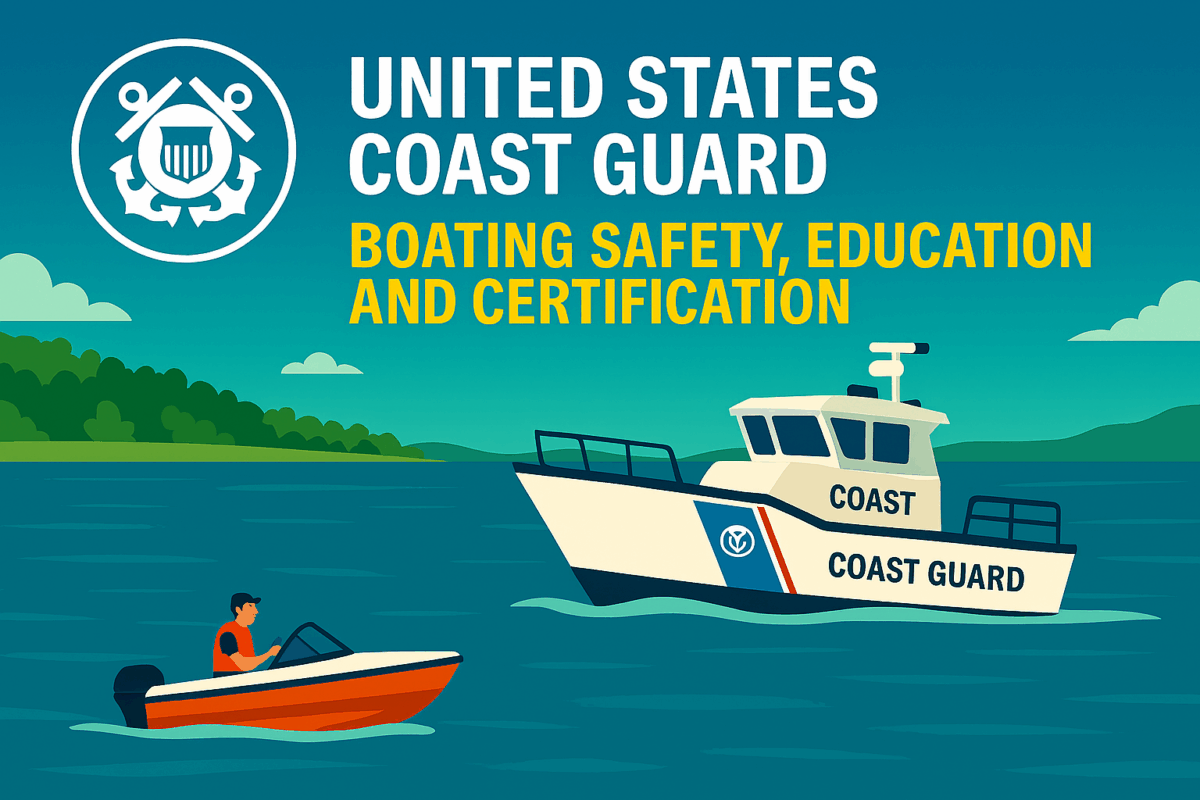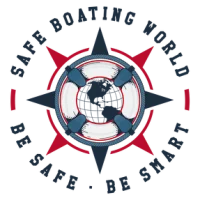Call: 1-800-832-7191

USCG Local Notice to Mariners
Keeping Mariners Informed and Safe
Navigating U.S. waters demands current and reliable information. Fortunately, the USCG Local Notice to Mariners provides essential updates that support safe and informed boating. Because hazards, changes to aids, and temporary restrictions can affect every voyage, staying updated becomes critical. Each week, the U.S. Coast Guard publishes notices that include navigation alerts, safety zones, and marine event details.
By relying on accurate data, boaters reduce risks, avoid delays, and make smarter decisions on the water. As a result, they contribute to safer waterways for everyone.
What the USCG Local Notice to Mariners Includes
Each weekly notice delivers updates on aids to navigation, reported hazards, and other safety-related changes. Since every Coast Guard district publishes its own version, boaters receive information tailored to local waterways and conditions. For example, notices may include temporary buoy relocations, dredging operations, bridge construction, and restricted zones for scheduled events.
Moreover, mariners receive updates about anchorage changes, underwater obstructions, and environmental protection areas. With this information, boaters can plan routes more effectively and avoid dangerous conditions. The USCG Local Notice to Mariners remains accessible online and refreshes weekly to ensure accuracy.
How Notices Are Created and Shared
To compile each notice, Coast Guard districts gather data from field units, NOAA, the Army Corps of Engineers, and public reports. After verifying the information, they publish the notice in PDF format on the Navigation Center website. This process ensures consistency and reliability across all districts.
Additionally, mariners can subscribe to email alerts for new notices. These updates also help correct nautical charts and Coast Pilot publications, keeping navigation tools current and dependable. Therefore, staying subscribed is a smart way to remain informed.
Promoting Awareness and Safe Navigation with the USCG Local Notice to Mariners
Boating instructors, marinas, and clubs should actively promote the USCG Local Notice to Mariners. By sharing links on websites, posting updates at launch sites, and discussing notices during safety briefings, they increase visibility. Including LNM reviews in training courses also helps new boaters understand their importance.
Furthermore, social media and newsletters offer excellent platforms for outreach. Because responsible navigation starts with accurate information, the notice empowers boaters to make safer choices and avoid preventable incidents.
